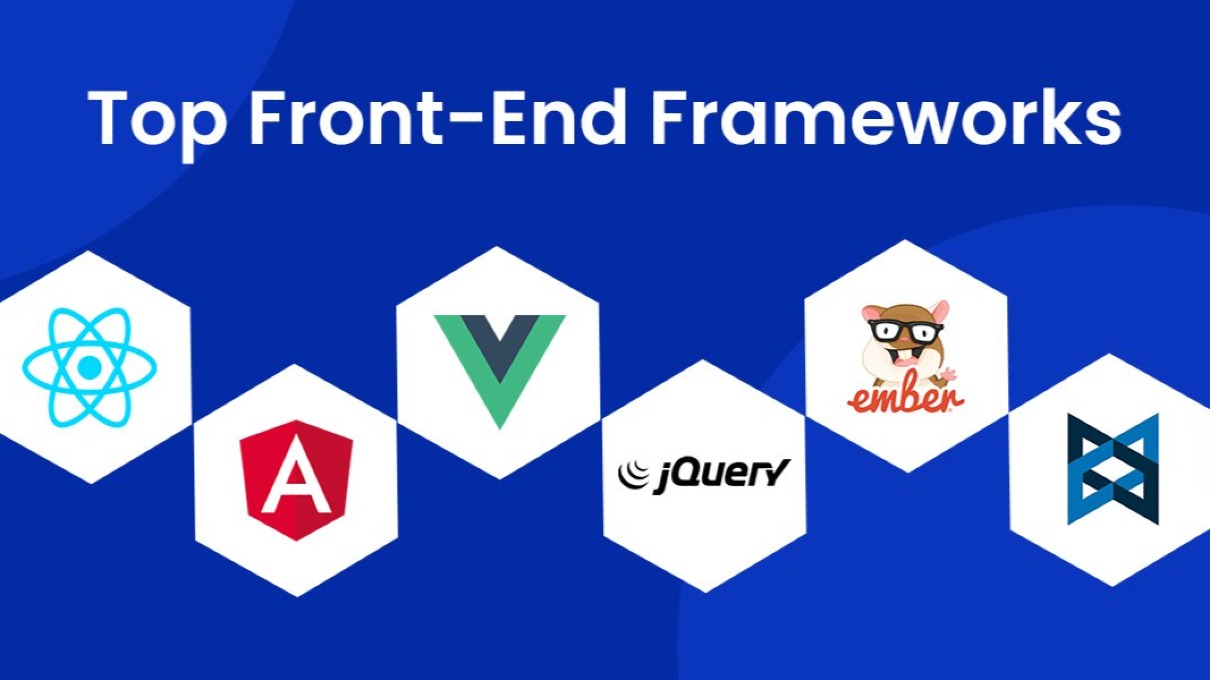In today’s digital landscape, the speed and performance of your website are crucial not only for SEO but for user experience as well. A slow website can lead to higher bounce rates, lower user engagement, and a dip in search engine rankings. To help you ensure that your website is performing at its best, we’ve compiled the following essential tips for optimizing website performance.
1. Optimize Your Images
Images often contribute to a large portion of a webpage’s size. Optimizing images without sacrificing quality is essential for faster loading times.
- Use Appropriate Image Formats: Choose formats like WebP for modern web compression or JPEG for photos and PNG for images that need transparency.
- Compress Images: Tools like TinyPNG and ImageOptim can significantly reduce image file sizes without quality loss.
- Implement Lazy Loading: This technique loads images only as they are about to enter the viewport, saving bandwidth and speeding up initial page load.
2. Minimize HTTP Requests
Every element on a webpage—images, scripts, and stylesheets—requires an HTTP request. Reducing these requests can dramatically improve site speed.
- Combine CSS and JavaScript Files: Grouping files reduces the number of HTTP requests.
- Use CSS Sprites: Combine multiple images into a single image to cut down on separate requests.
- Remove Unnecessary Plugins: Too many plugins can lead to additional HTTP requests and code bloat.
3. Leverage Browser Caching
Caching allows frequently accessed data to be stored in users' browsers, reducing the need for repeated server requests.
- Set Expiry Headers: Specify how long resources should be stored in the cache.
- Implement Cache-Control and ETag Headers: These headers help control how and when resources are cached and revalidated.
4. Enable Compression
Compression reduces the size of your website’s files, which decreases load time.
- Use Gzip Compression: Gzip is widely supported by browsers and can shrink the size of HTML, CSS, and JavaScript files by up to 70%.
- Switch to Brotli Compression: Brotli is newer and can offer better compression rates than Gzip for certain content types.
5. Optimize Your Code
Streamlined code can significantly impact your website's loading speed.
- Minify HTML, CSS, and JavaScript: Remove unnecessary spaces, comments, and characters using tools like UglifyJS, CSSNano, and HTMLMinifier.
- Remove Render-Blocking Resources: Ensure that CSS and JavaScript files do not block the rendering of your page. You can use asynchronous loading (
async) or deferred loading (defer) to improve load performance.
6. Use a Content Delivery Network (CDN)
A CDN distributes your website's static content across various servers around the world. This reduces latency and load times for users regardless of their geographical location.
- Popular CDNs: Providers like Cloudflare, Akamai, and Amazon CloudFront offer reliable services that can boost performance.
- Edge Caching: Store your content at the edge of the network for even faster access.
7. Implement Faster Hosting Solutions
Your choice of hosting service can be a bottleneck for performance.
- Choose a Reliable Hosting Provider: Ensure that your hosting plan matches your traffic needs, with options for scaling as your site grows.
- Consider VPS or Dedicated Servers: Shared hosting might be cheaper, but it often means slower performance due to resource competition.
8. Reduce Server Response Time
The time your server takes to respond to a browser's request plays a significant role in page load speed.
- Optimize Your Database: Regularly clean up your database to prevent unnecessary bloat.
- Use Server-Side Caching: Technologies like Redis and Memcached can help reduce server load and response time.
- Upgrade Server Software: Ensure your server is running the latest versions of software like PHP and database engines for the best performance.
9. Monitor Performance Regularly
Continuous monitoring helps you identify issues as they arise and maintain optimal performance.
- Use Performance Tools: Tools such as Google PageSpeed Insights, Lighthouse, and GTmetrix provide detailed insights and suggestions.
- Implement Real User Monitoring (RUM): This helps you collect data from actual users to analyze and optimize the user experience.
10. Adopt Progressive Web App (PWA) Practices
Turning your website into a PWA can significantly improve loading speed and user engagement by pre-caching content and working offline.
- Use Service Workers: These scripts run in the background and enable features like offline mode and background sync.
- Implement App Shell Architecture: This approach helps load the core elements of your page quickly and then populates dynamic content as needed.



